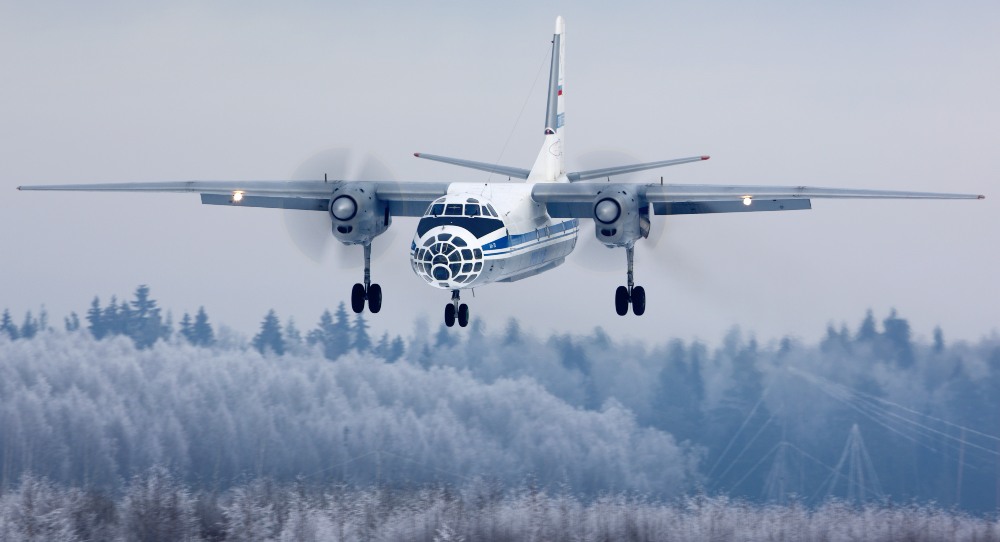2019 was a bumpy ride for arms control, disarmament, and nonproliferation (ADN). And no wonder.
Attention was on Russia’s continuing violation of the Intermediate-Range Nuclear Forces (INF) Treaty. Rightly so, as the illegally developed, tested, and fielded Russian SSC-8 missiles are mobile, easy to hide, and able to reach European cities with limited warning time. The agreement’s demise on August 2, 2019, further eroded the global ADN architecture.
In the meantime, on the sidelines of a larger post-INF debate, another discussion has erupted over the Open Skies Treaty (OST). The treaty, previously known exclusively to ADN pundits, is having its fifteen minutes of fame due to the fact that the United States is currently reassessing its engagement with it.
The OST has played an important role in transatlantic relations. The first to consider an OST-like regime was U.S. president Dwight Eisenhower, who in 1955 proposed that the United States and the Soviet Union allow aerial reconnaissance flights over each other’s territory. Back then, Moscow rejected the proposal, claiming the initiative would be used for extensive spying. President George H. W. Bush revived the concept in 1989, and the OST was eventually signed in 1992—but did not enter into force until 2002 when Russia and Belarus completed ratification procedures.
The treaty is a highly technical, ninety-seven pages long document, which until now has been ratified by thirty-four states parties. The aim of it is to increase confidence in and transparency of military activities by allowing unarmed, fixed-wing observation flights over the entire territory of its participants for information-gathering purposes. The parties have yearly quotas on overflights and must make the information they acquire available to all treaty parties. The host cannot declare any area or military installation to be off limits—states parties can only restrict flights or request changes in flight plans for weather or safety concerns.
In short, the OST goal is to enhance mutual understanding, build trust, increase predictability, and lower potential military tensions.
But the OST in its current condition is not sufficient. The United States has in recent years been directly involved in numerous attempts to enhance it, including direct talks with Moscow in the so-called Small Group format (between 2016 and 2017). As the treaty has been slowly slipping into crisis since at least 2014, the United States is currently asking the question of how to get more bang for the buck.
Today, the treaty is at risk for at least three reasons.
First and foremost, Russia continues to violate the treaty. The two most outstanding issues pertain to prohibiting flights over the areas of Russia’s borders with the Georgian breakaway regions of South Ossetia and Abkhazia and restricting the total length of observation over the Kaliningrad Oblast to 500 kilometers or less. Russia’s decision to deny an OST flight during its Center-2019 military exercise in September 2019 only exacerbated the current concerns.
Second, the deeply technical character of the OST makes the current discussion on its future prone to misinformation. This is especially visible in the debates about the specialized technical elements such as synthetic aperture radars and digital electro-optical sensors, which have been characterized by fake news and targeted messaging designed to undermine the treaty’s value in the context of new technologies.
Third, the OST—contrary to nuclear treaties—has operated mostly unseen and unknown by the public. This creates the impression that the treaty is not indispensable to European security, even though it actually provides smaller states without significant satellite capabilities an important instrument to monitor their powerful neighbors, especially Russia.
The future of the treaty is, indeed, uncertain. Yet, there is still a constructive way forward that could enhance it.
First, as every other transparency and risk-reduction instrument, the OST should contribute to three things: security, stability, and verification.
As security is indivisible, meaning that the security of each party is linked to the security of every other, the ultimate task is to eliminate any security grey zones or regions of unequal security. At the same time, stability based on reciprocity—meaning that all parties must feel they get the same out of the treaty—would maximize the incentive for parties to stay in compliance with their obligations. And finally, parties need solid verification, which in practical terms means the ability to assess the compliance of each other.
Second, the like-minded countries should increase pressure on Russia to come back to full compliance with the OST. This should be done in a coherent and coordinated manner. Therefore, a comprehensive action plan should be agreed and implemented by the like-minded states before the upcoming 2020 Open Skies Treaty Review Conference. Yet at the same time, in a world of digital diplomacy, limiting action to the dedicated bodies only—such as the Open Skies Consultative Commission—might not do the trick. Diplomacy behind closed doors should be complemented by public actions and statements.
Third, the like-minded countries should start a reflection process on how the OST could strengthen other international organizations, as suggested in the preamble of the treaty. The UN, the Organisation for the Prohibition of Chemical Weapons, or the International Atomic Energy Agency could benefit from the treaty, for example by addressing a request to a member state to conduct an observation flight or by requesting it to transmit certain images.
The 2019 efforts by NATO allies and its partners to agree on proposals for the most comprehensive modernization package of the OSCE Vienna Document since 1994 proves that the United States can still work jointly with Europeans to enhance ADN architecture.
In fact, only a close transatlantic cooperation can make the OST great again.
Dominik P. Jankowski is a political adviser and head of the Political Section at the Permanent Delegation of the Republic of Poland to NATO. He previously served as head of the OSCE and Eastern Security Division at the Ministry of Foreign Affairs of the Republic of Poland.
The views and opinions expressed here are the author’s own and do not necessarily reflect the official positions of the institution he represents.








